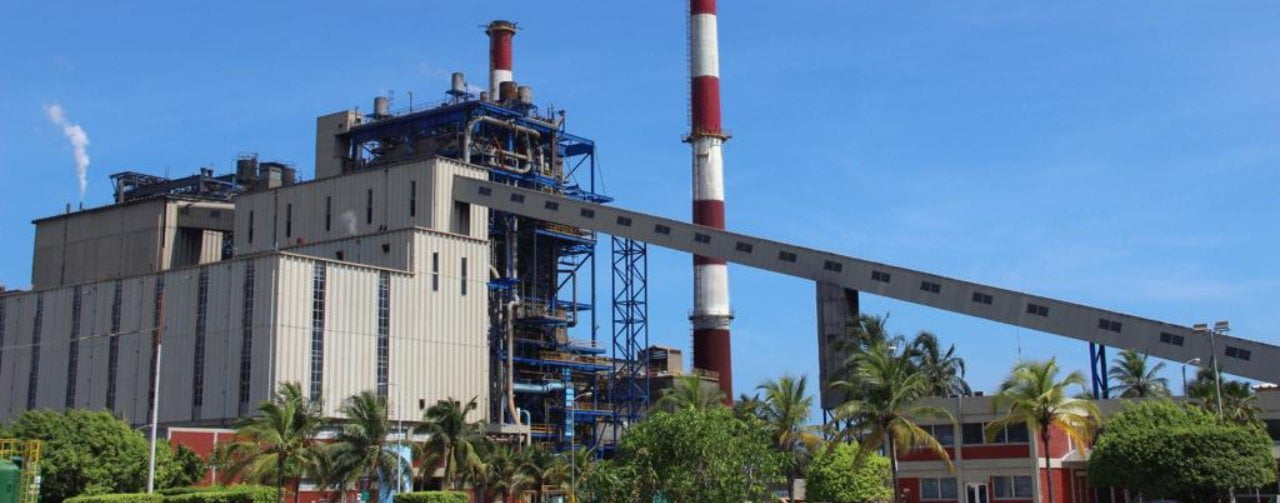
It is currently mainly powered by coal with natural gas as a second support fuel for starting up the units, but it will be transitioned to a plant using solar panels and battery-based energy storage systems.
The Ministry’s announcement did not reveal the planned capacity of the respective renewable energy plants but said that a balance was being established to “…make the most of the connection point and establish the proportion of panels and batteries necessary for the transition.”
It added that a more specific project outline would be published for public comment in November this year.
Although the MW and MWh being considered haven’t been revealed, the number is likely to be relatively high to make use of the existing grid connection.
With grid presenting the challenge that it does, large existing connections make legacy power plants ideal sites for large renewable energy and energy storage projects, as Energy-Storage.news has written extensively.
Colombia has been relatively quiet for large energy storage project announcements, similar to most of Latin America for reasons which were recently discussed in an interview with pan-American energy storage solutions firm On.Energy, which is also active in the country, the region’s fourth-largest economy.
In 2021, Energy-Storage.news reported on Colombia’s first ever battery storage tender, from the Ministry, which was won by solar PV and battery storage firm Canadian Solar. The project at a mine was said to be coming online in June 2023, although no announcement has since been made.
Returning for the second edition in Santiago, Chile, the Energy Storage Summit Latin America will explore opportunities in countries such as Chile, Peru, Colombia, Argentina, Brazil and Mexico. Join Solar Media on October 17-18 to meet with investors, policy makers, developers, utilities, network operators, technology providers, EPCs, consultants, law firms and more to make sure you are a part of the rapidly evolving storage landscape in Latin America.

